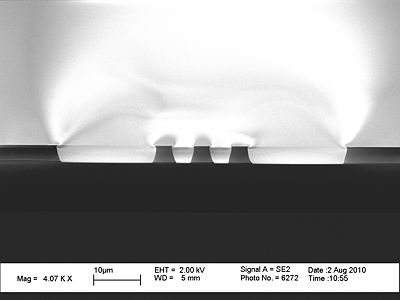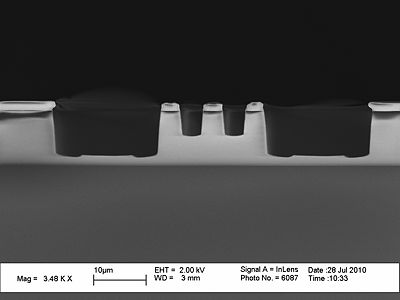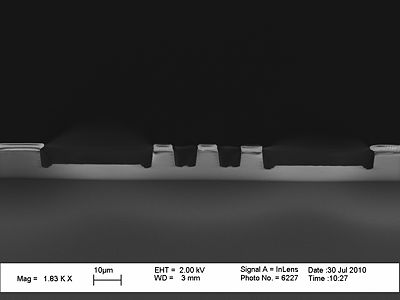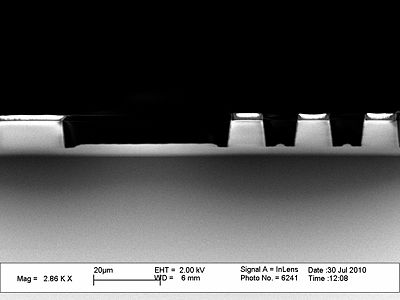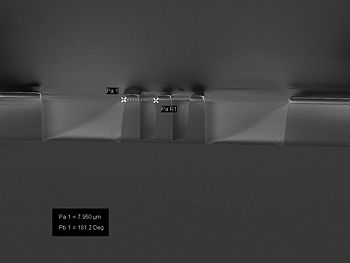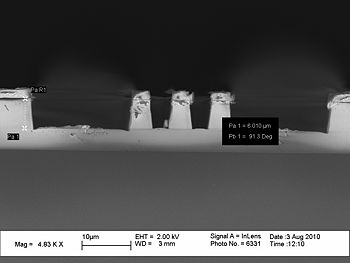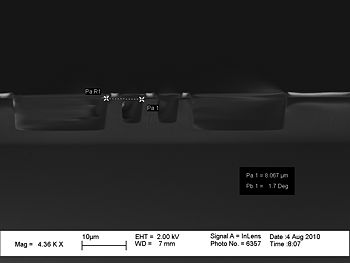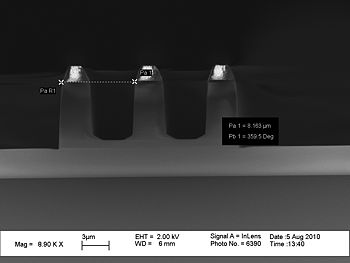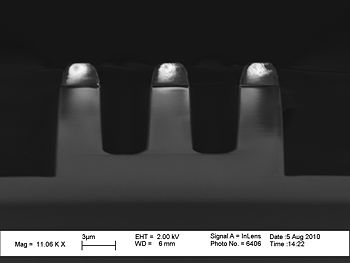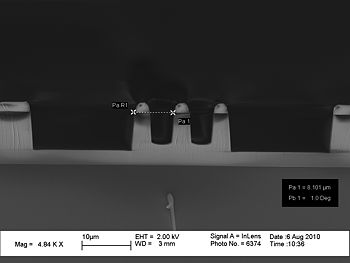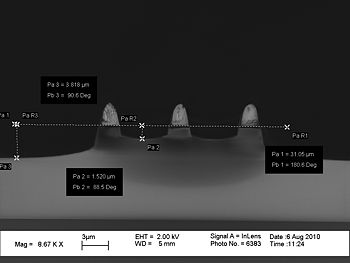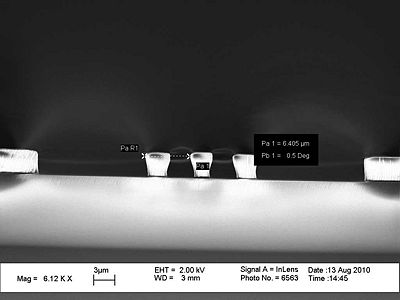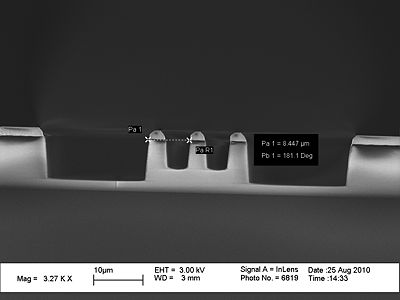Specific Process Knowledge/Etch/Etching of Silicon Oxide/SiO2 etch using AOE/Standard recipe with resist mask/Variations over SiO2 mres: Difference between revisions
< Specific Process Knowledge | Etch | Etching of Silicon Oxide | SiO2 etch using AOE | Standard recipe with resist mask
Jump to navigation
Jump to search
No edit summary |
|||
| (One intermediate revision by the same user not shown) | |||
| Line 1: | Line 1: | ||
'''Feedback to this page''': '''[mailto:labadviser@ | '''Feedback to this page''': '''[mailto:labadviser@nanolab.dtu.dk?Subject=Feed%20back%20from%20page%20http://labadviser.nanolab.dtu.dk/index.php/Specific_Process_Knowledge/Etch/Etching_of_Silicon_Oxide/SiO2_etch_using_AOE/Standard_recipe_with_resist_mask/Variations_over_SiO2_mres click here]''' | ||
=Experiments done with the TDESC electrode that we installed in 2010 (''by Roy and Berit @Nanolab'')= | =Experiments done with the TDESC electrode that we installed in 2010 (''by Roy Cork and Berit Herstrøm @Nanolab'')= | ||
After changing the electrode to the TDESC type we got a lot of issues with trenching during the acceptance test. After doing a lot of experiments and optimization it turned out that this was probably do to a bad resist profile. We used a negative resist and the problems were gone. Here I show some of the results we got during this optimization. | After changing the electrode to the TDESC type we got a lot of issues with trenching during the acceptance test. After doing a lot of experiments and optimization it turned out that this was probably do to a bad resist profile. We used a negative resist and the problems were gone. Here I show some of the results we got during this optimization. | ||
Latest revision as of 16:41, 31 January 2023
Feedback to this page: click here
Experiments done with the TDESC electrode that we installed in 2010 (by Roy Cork and Berit Herstrøm @Nanolab)
After changing the electrode to the TDESC type we got a lot of issues with trenching during the acceptance test. After doing a lot of experiments and optimization it turned out that this was probably do to a bad resist profile. We used a negative resist and the problems were gone. Here I show some of the results we got during this optimization.
Conclusions
- Very important to have a good resist profile before etch.
- Trenching and rounded corners can be controlled with coil and platen power.
- H2 does not have much influence (expected to have influence on the SiO2:Si selectivity)
- C4F8 flow has a influence on the profile and on the aspect ratio dependent etch - keep it low.
- Pressure does not show much influence
- This is the resist mask profile before etching
- Variation of Platen power at coil power 1300W, no H2 and C4F8 at 10sccm
- Variation of Platen power and He flow at coil power 1600W, no H2 and C4F8 at 10sccm
- Variation of Platen power and He flow at coil power 1000W, no H2 and C4F8 at 10sccm
- Variation of He flow and pressure at coil power 1000W and platen power 180W (He: 174sccm - pressure: 4mTorr), no H2 and C4F8 at 10sccm
- Variation of C4F8 flow at coil power 1000W and platen power 180W, He: 300sccm, pressure: 4mTorr), no H2
- Negative mask


